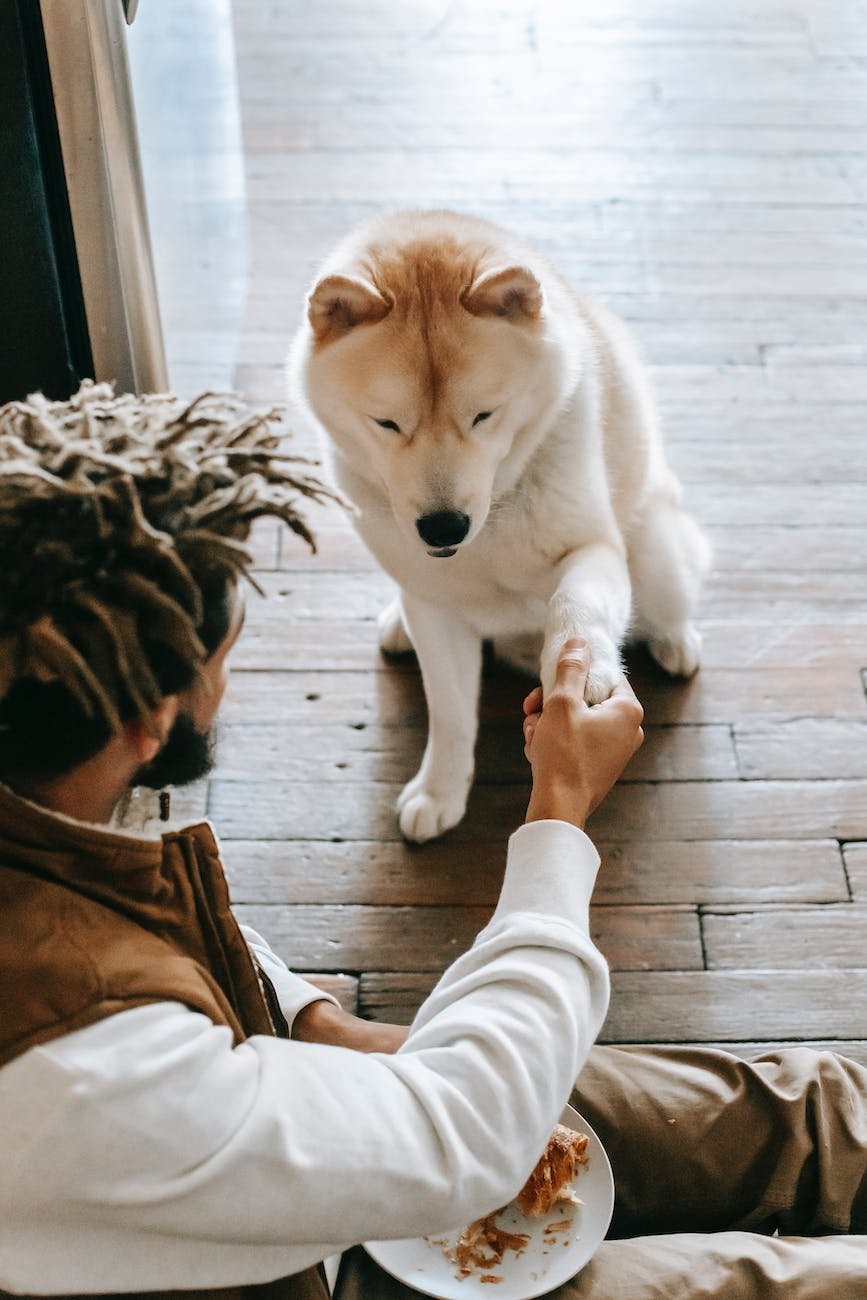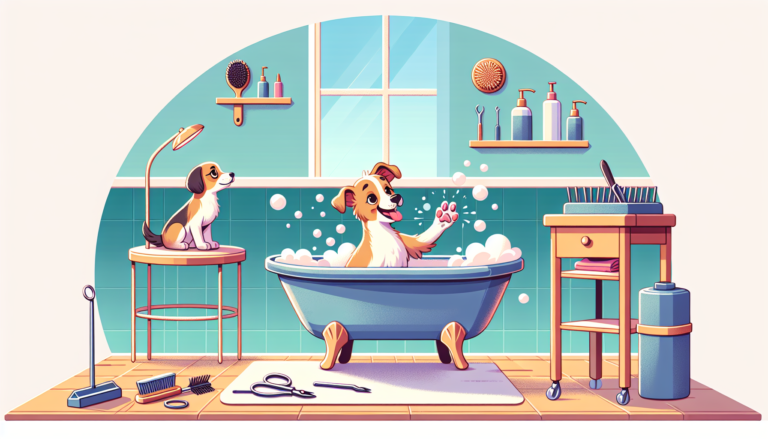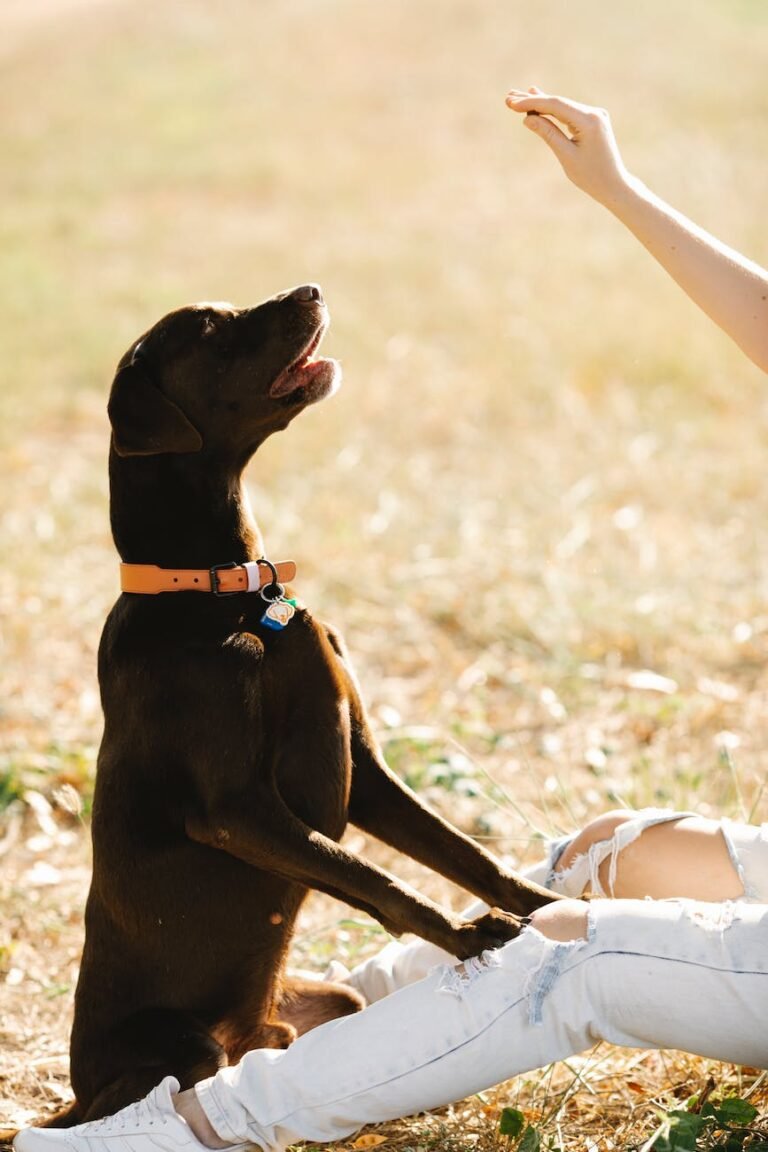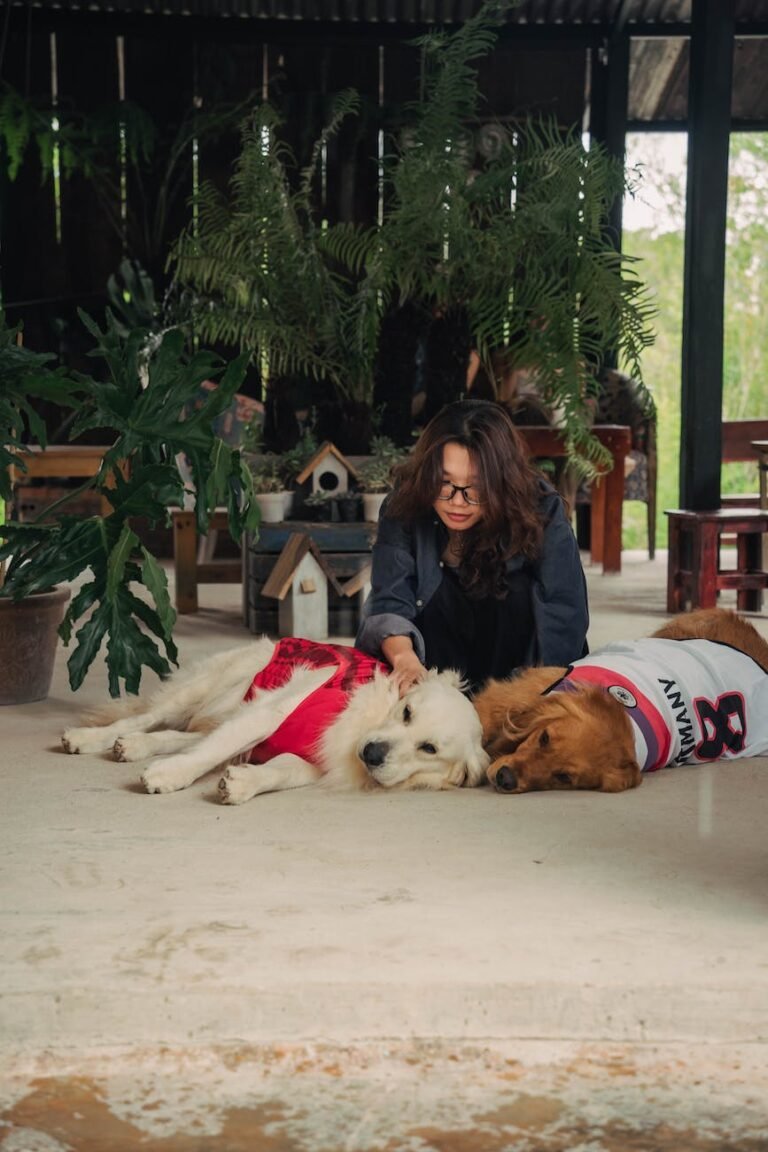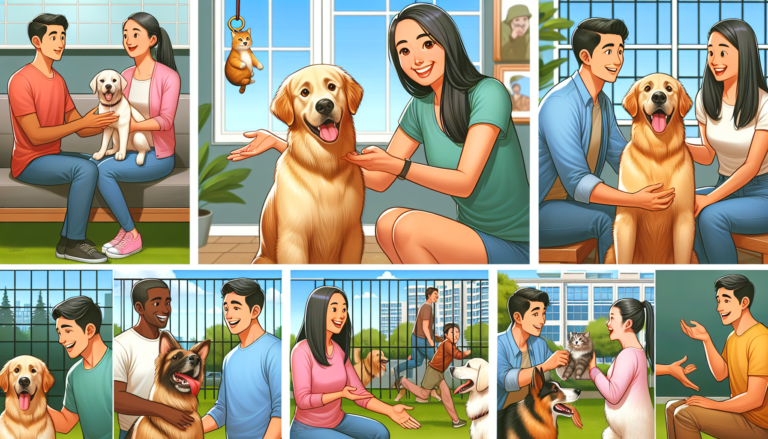The Crate Chronicles: A Comprehensive Guide to Training Your Puppy
Understanding Crate Training
Crate training is a crucial part of puppyhood, providing your little furball with a safe and comfortable space of their own. As a dog owner, it’s beneficial to understand the process and advantages of crate training a puppy.
The Benefits of Crate Training
Crate training takes advantage of a dog’s natural instincts to seek out a comfortable and safe spot when the environment becomes overwhelming or loud (source). It offers several significant benefits, including:
- Aids in House Training: Since dogs instinctively avoid soiling their sleeping areas, crate training can help facilitate house training.
- Prevents Destructive Behavior: A crate provides your puppy with a safe space where they can’t chew on shoes, furniture, or other items when you’re not around to supervise.
- Safe Transportation: Crates are a safe way to transport dogs in cars (source).
- Provides a Safe Haven: A crate can be a place of comfort and security for your dog, offering them a retreat when they’re tired or stressed.
For more puppy training tips, visit our guide on puppy training tips.
Crate Training Process
Crate training a puppy is a process that requires patience and consistency (Nala Boo). It should be approached in small steps, and the crate should always be associated with something pleasant. Here’s a high-level overview of the crate training process:
- Introduce Your Puppy to the Crate: Start by letting your puppy explore the crate. Make it comfortable with a soft blanket or towel and place treats or toys inside to encourage exploration.
- Feed Meals in the Crate: Begin serving your puppy’s meals inside the crate to create a positive association. Over time, you can close the door while they eat and gradually extend the period you leave the door closed after they finish their meal.
- Increase Crate Time: As your puppy becomes comfortable eating their meals in the crate, you can start having them spend longer periods inside. Always reward your puppy for entering the crate and make sure they have access to water, especially if they’re in the crate for more than a few hours.
- Crate Your Puppy When You Leave: Once your puppy is comfortable spending time in the crate, you can start using it when you leave the house. Start with short absences and gradually increase the time as your puppy adjusts.
Remember, the crate training process can take days or weeks, depending on the dog’s age, temperament, and past experiences (source). For more detailed information on the crate training process, refer to our guide on bringing home a new puppy.
Choosing the Right Crate
When it comes to crate training a puppy, it’s critical to choose the right crate. The selection process involves two major considerations: crate size and type.
Assessing Crate Size
The size of the crate is crucial for your puppy’s comfort and well-being. It should be large enough for your puppy to stand up, turn around, and lie down comfortably (AKC). If your puppy is still growing, you need to choose a crate size that will accommodate their adult size. This ensures that the crate remains comfortable and usable as your puppy grows (source). A too-small crate can restrict movement and lead to discomfort, while a too-large crate may provide too much space, which can potentially encourage unwanted behaviors like soiling.
For a better understanding of crate sizes, here’s a generic guide:
| Puppy’s Adult Weight | Crate Size |
|---|---|
| Up to 25 lbs | 24″ |
| 26 – 40 lbs | 30″ |
| 41 – 70 lbs | 36″ |
| 71 – 90 lbs | 42″ |
| 91 – 110 lbs | 48″ |
Types of Crates
There are various types of crates available, each with their own set of advantages:
-
Wire Crates: Wire crates are popular due to their durability, visibility, and ventilation. They often come with a divider panel, which is useful for adjusting the crate size as your puppy grows (Petco).
-
Plastic Crates: Plastic crates offer more privacy and are great for dogs who prefer a den-like environment. They’re also lightweight and more portable, making them a good choice for travel (Petco).
-
Wood Crates: Wood crates provide a furniture-like appearance and can blend well with home decor. However, they may not be the best choice for puppies who are still in the chewing stage (Petco).
Choosing the right crate is the first step towards successful crate training. Remember, the objective is to create a safe, comfortable space for your puppy. Once you have the right crate, you can begin the process of crate training, ensuring your puppy views the crate as a positive place to rest and retreat. For more information on crate training a puppy, check out our puppy training tips.
Steps to Crate Training
Crate training your puppy is a process that requires patience and consistency. It can take days or even weeks, depending on your puppy’s age, temperament, and past experiences (source). The process should always be approached in small steps, with the crate associated with positive experiences. Here are the steps to follow:
Introduction to the Crate
To begin crate training a puppy, you should first introduce the crate. Place the crate in an area where your family spends a lot of time, such as the family room. Add a soft blanket or bed inside the crate. Remove the door or keep it propped open, allowing your puppy to explore the crate at their leisure. Some puppies may naturally become curious and start sleeping in the crate right away (source). Be patient and let your puppy explore the crate at their own pace. For more tips on bringing home a new puppy, check out our article.
Increasing Crate Time
Once your puppy is comfortable being around the crate, begin feeding them their regular meals near the crate. This creates a positive association with the crate. With time, you can gradually increase the time your puppy spends in the crate while you’re home. Start with short periods, and slowly extend the time as your puppy gets more comfortable (source). Remember, the goal is not to rush the process but to ensure your puppy feels safe and comfortable in their crate. Check out our puppy training tips for more advice.
Leaving Your Puppy in the Crate
After your puppy can spend about 30 minutes in the crate without becoming anxious or afraid, they can be left crated for short periods when you leave the house (source). This step is crucial in crate training as it helps your puppy understand that the crate is a safe space, even when you’re not around.
When first leaving your puppy in the crate, try doing so when they are tired out from play and exercise. This way, they’ll be more likely to rest and sleep. Make sure to provide toys or chew items for your puppy to keep them occupied.
Always ensure that your puppy has had a chance to relieve themselves before being crated to avoid any accidents. For more help with puppy care, have a look at our puppy feeding guide.
Patience and consistency are key when it comes to successful crate training. Take the time to make sure your puppy feels secure and comfortable at each step before progressing to the next. With time and a positive approach, your puppy will learn to see their crate as their own safe haven.
Crate Training at Night
Nighttime crate training can often pose a few more challenges than daytime training. Your puppy might feel more anxious being alone in the dark, or struggle with holding their bladder for the entire night. However, with patience and some helpful tools, you can help your puppy adjust to their crate at night.
Using Comfort Items
When it comes to comforting your puppy at night, a Snuggle Puppy can be an excellent tool. This comfort toy mimics the warmth and heartbeat of a littermate, helping soothe your puppy and reduce anxiety. Placing a Snuggle Puppy inside the crate can make your puppy feel as though they’re not alone, which can significantly help in their adjustment to sleeping independently. You might also want to consider placing the crate closer to where you sleep, so you can soothe your puppy during the night. This way, they’ll feel more secure and can settle down more easily (Preventive Vet).
Managing Distress Barking
Distress barking is a common occurrence, especially with puppies that are new to your home. This type of barking often indicates that your puppy is uncomfortable or anxious. To manage distress barking, you can try opening the crate door and stroking your puppy gently to help them settle. In some cases, moving the crate closer to your sleeping area can also help your puppy feel more secure and reduce distress barking (Preventive Vet).
It’s crucial to differentiate distress barking from demand barking, which is often more repetitive and occurs when your puppy is intently looking towards you in anticipation of your next move. In the case of demand barking, it’s better to wait for a few seconds of quiet before opening the door to let your puppy out. This helps prevent reinforcing the barking behavior (Preventive Vet).
Nighttime Potty Breaks
Young puppies often need to go to the bathroom during the night, especially around 10 minutes after they drink water. To manage this, it’s recommended to set an alarm to wake up before your puppy does and take them outside for a bathroom break. Over time, as your puppy grows and their bladder capacity increases, you’ll be able to extend the time between alarms. Eventually, they should be able to last 6–7 hours overnight without needing a potty break (Preventive Vet).
For more information on puppy training tips and bringing home a new puppy, be sure to check out our other resources. Remember, patience and consistency are key when crate training a puppy. With time and persistence, your puppy will learn to see their crate as a safe and comforting space.
Addressing Common Challenges
While crate training a puppy has numerous benefits, it is not without its challenges. From dealing with demand barking to adjusting to your puppy’s growth, here are some common challenges you may face and how to address them.
Dealing with Demand Barking
Demand barking is a common issue you might encounter during crate training. This type of barking is often repetitive, and your puppy will likely be intently looking towards you in anticipation of your next move. Waiting for a few seconds of quiet before opening the door to let your puppy out of their crate can help discourage this behavior (Preventive Vet). It’s also important to remember not to reward this behavior by giving in to your puppy’s demands. Consistency is key when addressing demand barking. For more tips on training your puppy, check out our article on puppy training tips.
Adjusting to Growth
As your puppy grows, you might need to adjust the size of their crate. The crate should be large enough for the dog to stand up and turn around in. If the dog is still growing, choose a crate size that will accommodate their adult size (source). Adjustable crates can be ideal for puppies as they grow. Local animal shelters may also rent out crates, allowing for easy trade-up as the puppy grows (Humane Society). For more information about feeding your growing puppy, visit our puppy feeding guide.
Monitoring Your Puppy
Setting up a camera to monitor your puppy at nighttime can be incredibly helpful for crate training. A popular camera option is the Furbo, which has night vision, barking alert, and treat tossing capabilities (Preventive Vet). This can help you keep an eye on your puppy’s behavior and intervene if necessary.
Remember, crate training takes time and patience. It’s normal to face challenges along the way. By addressing these challenges head-on and staying consistent with your training, you can help your puppy feel comfortable and secure in their crate. If you’re just starting this journey, check out our guide to bringing home a new puppy and puppy-proofing your home.

